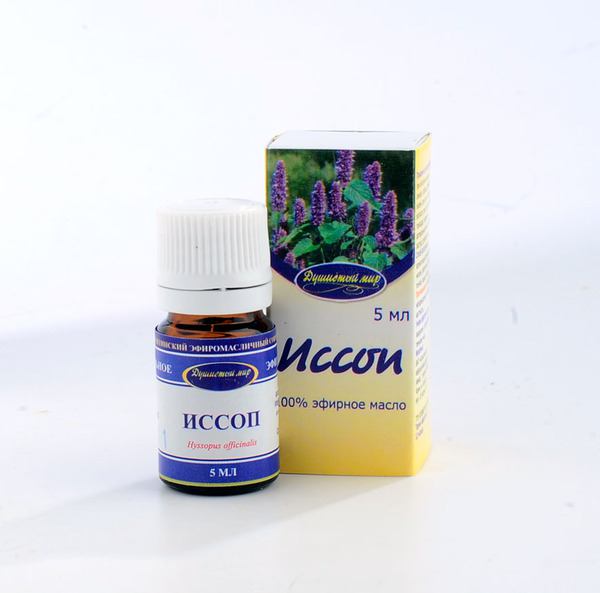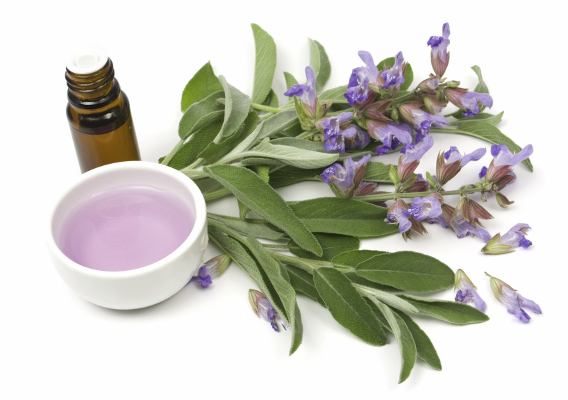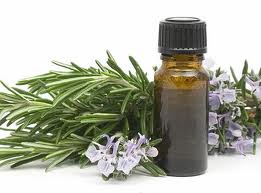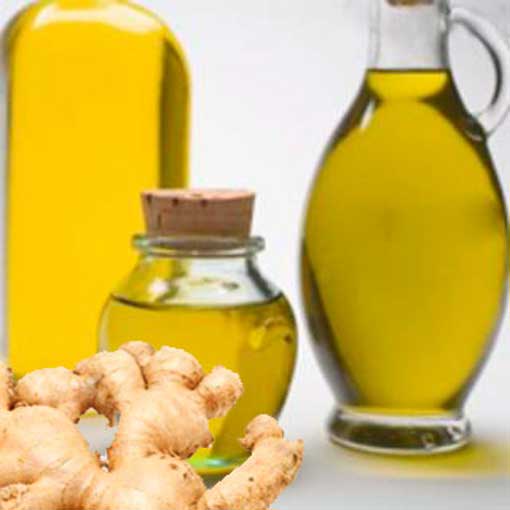Hyssop essential oil has a cool, slightly sweet aroma. The color of hyssop oil is yellow-green. Due to its unique
chemical composition
, hyssop has been used since biblical times for disinfecting premises and healing wounds.

Uses of Hyssop Essential Oil:
- treats non-healing moist wounds;
- destroys warts, papillomas, and calluses;
- treats asthma and other severe bronchopulmonary diseases;
- helps the heart muscle;
- alleviates conditions related to meteoropathy;
- serves as a powerful anti-allergen;
- dissolves stones in the kidneys and gallbladder;
- normalizes the menstrual cycle due to phytoestrogens;
- treats otitis;
- increases endurance;
- promotes skin cell regeneration;
- treats dermatitis and dry skin;
- reduces scars;
- How to Use Hyssop Essential Oil:
Compresses with hyssop oil - apply a bandage soaked in a carrier oil with 4-5 drops of hyssop oil on a hematoma or bruise.
Cream with hyssop oil - use no more than 10 drops of hyssop oil for a 30g jar.
Massage with hyssop oil - use 3 drops of hyssop oil per 10 grams of massage oil.
Warts, calluses, and papillomas can be treated with undiluted oil. It is essential to apply cream to the skin area around the lesion and then apply hyssop oil directly on the growth. These actions should be repeated several times until desired results are achieved. Unlike celandine oil, hyssop oil does not cause burns, does not inflict pain, and does not leave dead skin areas.
Hyssop can be effectively treated and can even be grown at home on a windowsill .
Do not use during pregnancy.



